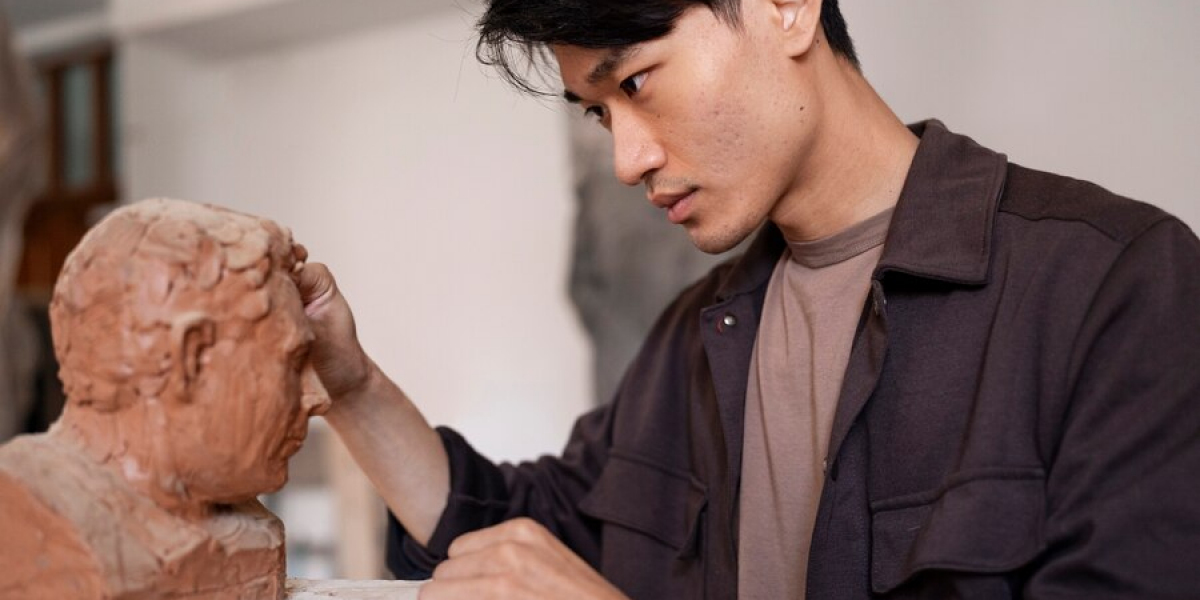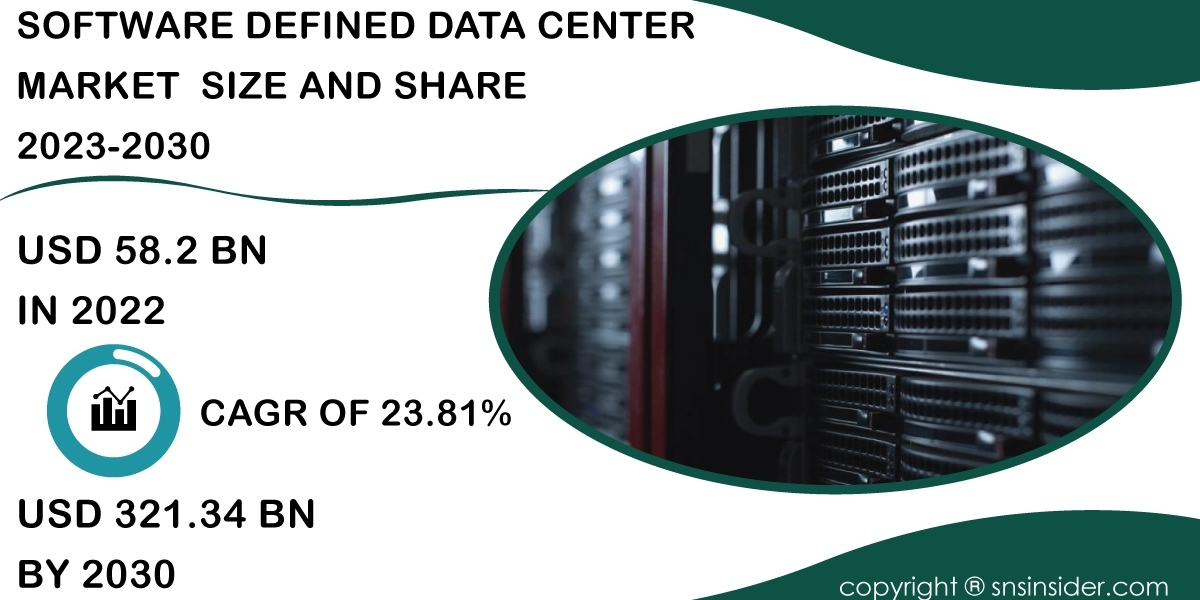While sculpting is a fundamental aspect of 3D modeling, it’s only part of a much broader and more complex process. The world of 3D modeling involves a mix of artistic creativity, technical precision, and digital tools.
In this blog, we’ll uncover what 3D modeling truly entails, how it differs from sculpting, and why it’s a cornerstone of industries like gaming, animation, and product design.
What Is 3D Modeling?
At its core, 3D modeling is the process of creating a digital representation of a three-dimensional object using specialized software. These models are used in various industries, from film and video games to architecture and product design.
3D modeling includes:
- Designing and Shaping: Crafting the structure or framework of the object.
- Texturing: Adding colors, patterns, and surface details.
- Rendering: Converting the model into a visually appealing, finalized image or animation.
The Role of Sculpting in 3D Modeling
Sculpting is an integral part of 3D modeling, particularly in creating organic shapes like characters, animals, or natural elements. Artists use digital sculpting tools to shape models as though they were working with real-world clay, adding intricate details like skin textures or fabric folds.
However, sculpting alone doesn’t complete the modeling process. Additional steps such as rigging, animation, and rendering are needed to make the models functional and ready for use in projects like video game animation or architectural visualization.
Key Techniques in 3D Modeling
1. Polygonal Modeling
This technique involves creating objects using polygons, typically triangles or quadrilaterals. It’s ideal for low-poly designs in video games and architectural visualizations.
2. NURBS Modeling
Non-Uniform Rational B-Splines (NURBS) use mathematical formulas to create smooth, precise curves. This is common in product design and engineering.
3. Digital Sculpting
Artists use tools to mold and shape models organically, making it perfect for creating 3D characters or intricate designs in movies and games.
4. Procedural Modeling
Automated algorithms generate complex structures, like terrain or cityscapes, saving time on large-scale projects.
3D Modeling vs. Sculpting
| Aspect | 3D Modeling | Sculpting |
|---|---|---|
| Definition | Building 3D objects using geometry. | Shaping objects organically, like virtual clay. |
| Application | Used for all kinds of objects and environments. | Focused on organic shapes, like characters. |
| Complexity | Technical and detail-oriented. | Artistic and texture-heavy. |
| Tools | Software like Blender, Maya, or 3ds Max. | ZBrush and similar digital sculpting tools. |
Applications of 3D Modeling
1. Video Game Animation
In the gaming industry, 3D modeling is crucial for creating lifelike characters, immersive environments, and interactive objects. 3D character makers use sculpting for intricate character designs and polygonal modeling for in-game assets.
2. Architectural Visualization
Architects use 3D models to showcase designs through architecture animation, enabling clients to visualize spaces before construction begins.
3. Product Design
Companies use 3D product modeling to create prototypes, optimize designs, and visualize new concepts.
4. Animation and Film
From realistic creatures to fantastical worlds, 3D modeling plays a pivotal role in bringing cinematic visions to life.
Why Choose TVS Cube for 3D Modeling?
At TVS Cube, we specialize in delivering high-quality 3D models tailored to your needs. Whether you’re looking for video game animation, realistic 3D product modeling, or lifelike 3D characters, our expert team has you covered.
What Sets Us Apart
- Cutting-Edge Technology: We use the latest tools and software to craft detailed and efficient models.
- Creative Expertise: Our team brings a blend of artistry and technical skill to every project.
- Customized Solutions: Each project is designed to meet your unique requirements.
FAQs about 3D Modeling
1. Is 3D modeling the same as sculpting?
Not exactly. While sculpting is a key part of modeling, 3D modeling encompasses a broader range of techniques, including polygonal modeling, texturing, and rendering.
2. What industries use 3D modeling?
Industries like gaming, film, architecture, advertising, and product design rely heavily on 3D modeling for creating realistic visuals and prototypes.
3. Can 3D models created by TVS Cube be used in video games?
Yes! We specialize in creating optimized 3D models that are perfect for video game animation and other interactive applications.
4. How is 3D product modeling different from character modeling?
3D product modeling focuses on creating objects like furniture or gadgets, emphasizing precision and functionality. Character modeling, on the other hand, is centered on crafting lifelike or stylized characters for animation or games.
5. Why should I choose TVS Cube for 3D modeling?
TVS Cube offers unparalleled expertise, advanced technology, and tailored solutions to ensure your 3D modeling project exceeds expectations.
Conclusion
While sculpting is a vital component of 3D modeling, the craft extends far beyond shaping digital clay. It’s a harmonious blend of technical precision, creativity, and cutting-edge tools that brings ideas to life.
Whether you’re developing a game, designing a product, or creating an animation, partnering with an experienced team like TVS Cube ensures your 3D models are crafted to perfection.
Ready to bring your vision to life? Contact TVS Cube today!









